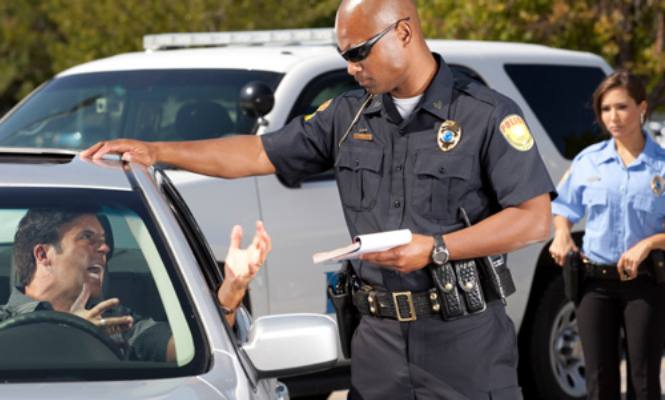A routine traffic stop can be a stressful experience, but understanding your rights and responsibilities can help ensure the encounter is handled safely and legally.
This guide provides a step-by-step breakdown of what to do if you are pulled over by law enforcement while driving in the United States, based on established laws and legal precedents.
Understanding Your Legal Obligations

Under the Fourth Amendment of the U.S. Constitution, individuals are protected from unreasonable searches and seizures. However, police officers have the authority to stop a driver if they have reasonable suspicion that a traffic violation or criminal activity has occurred (Terry v. Ohio, 392 U.S. 1 (1968)).
When signaled to pull over, you are legally required to comply. Failure to do so can lead to additional charges, such as evading law enforcement (18 U.S.C. §3113). It is essential to respond appropriately and remain within the confines of the law.
Steps to Follow During a Traffic Stop
- Pull Over Safely
As soon as you see the police car’s lights flashing, activate your turn signal to indicate compliance.
Find a safe location to stop, such as the shoulder of the road or a parking lot.
Remain calm and avoid sudden movements.
- Remain Inside the Vehicle
Unless instructed otherwise, stay in your car with your hands visible on the steering wheel.
Rolling down the window allows for clear communication and can prevent misunderstandings.
Avoid reaching for documents until asked, as sudden movements may be perceived as a threat.
- Provide Requested Documents
You are legally required to present your driver’s license, vehicle registration, and proof of insurance upon request (49 CFR §392.7).
If you need to reach for them, inform the officer of your actions beforehand (e.g., “My registration is in the glove compartment. I am reaching for it now.”).
Understanding Your Rights
- Right to Remain Silent
You are not obligated to answer questions beyond providing your identification and vehicle documents.
If you choose to remain silent, you can say, “I am invoking my right to remain silent” (Miranda v. Arizona, 384 U.S. 436 (1966)).
- Right to Refuse a Search
Unless the officer has probable cause or a warrant, they cannot search your vehicle without your consent (Arizona v. Gant, 556 U.S. 332 (2009)).
If asked for permission to search, you may politely decline by saying, “I do not consent to a search.”
- Right to Record the Interaction
In most states, you are legally allowed to record police interactions as long as you do not interfere with law enforcement duties (Glik v. Cunniffe, 655 F.3d 78 (1st Cir. 2011)).
If You Are Issued a Citation or Arrested
- Signing a Citation
Signing a traffic citation is not an admission of guilt; it merely acknowledges receipt.
If you refuse to sign, you may be subject to arrest in some states.
- Handling an Arrest
If you are arrested, do not resist. Remain silent and request an attorney immediately (Gideon v. Wainwright, 372 U.S. 335 (1963)).
You have the right to make a phone call, and you should contact an attorney as soon as possible.
Conclusion
Knowing your rights and obligations during a traffic stop can prevent unnecessary conflicts and legal issues. By remaining calm, complying with lawful orders, and asserting your rights when necessary, you can protect yourself while ensuring the situation does not escalate. If you believe your rights were violated, document the encounter and consult with a qualified attorney.

